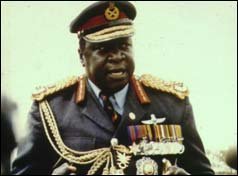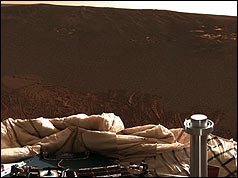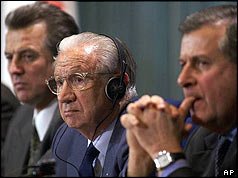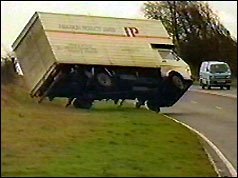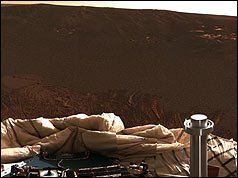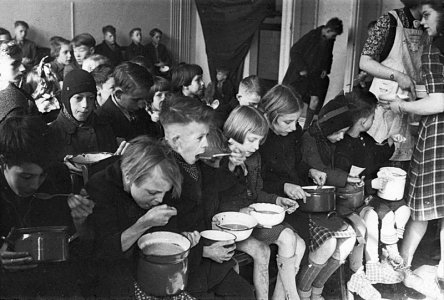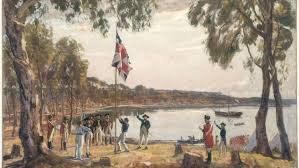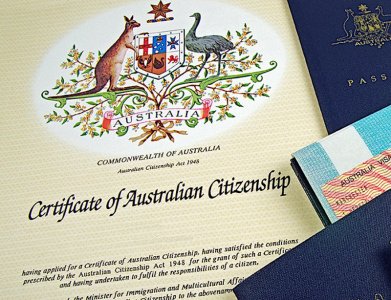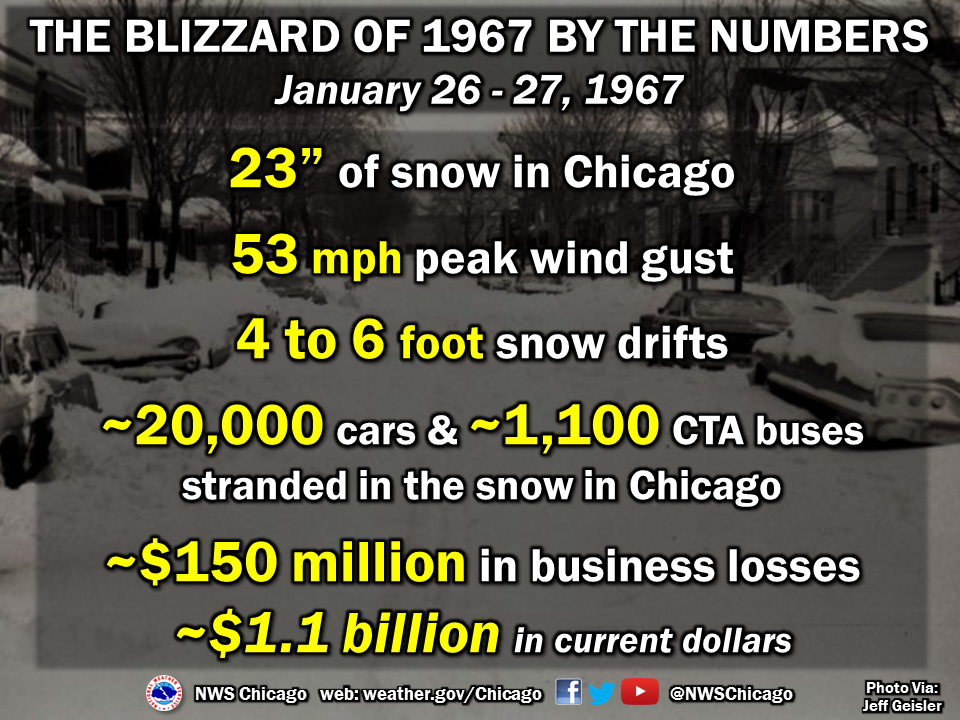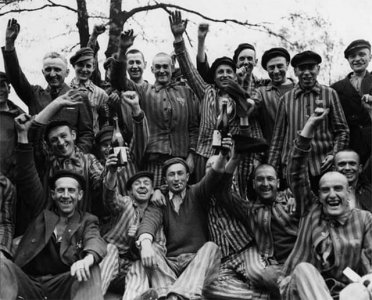This Day in History
January 26, 1788, Captain Arthur Phillip guides a fleet of 11 British ships carrying convicts to the colony of New South Wales, effectively founding Australia.
After overcoming a period of hardship, the fledgling colony began to celebrate the anniversary of this date with great fanfare and it eventually became commemorated as Australia Day. In recent times, Australia Day has become increasingly controversial as it marks the start of when the continent's Indigenous people were gradually dispossessed of their land as white colonization spread across the continent.
Australia, once known as New South Wales, was originally planned as a penal colony. In October 1786, the British government appointed Arthur Phillip captain of the HMS Sirius, and commissioned him to establish an agricultural work camp there for British convicts. With little idea of what he could expect from the mysterious and distant land, Phillip had great difficulty assembling the fleet that was to make the journey. His requests for more experienced farmers to assist the penal colony were repeatedly denied, and he was both poorly funded and outfitted. Nonetheless, accompanied by a small contingent of Marines and other officers, Phillip led his 1,000-strong party, of whom more than 700 were convicts, around Africa to the eastern side of Australia. In all, the voyage lasted eight months, claiming the deaths of some 30 men.
The first years of settlement were nearly disastrous. Cursed with poor soil, an unfamiliar climate and workers who were ignorant of farming, Phillip had great difficulty keeping the men alive. The colony was on the verge of outright starvation for several years, and the marines sent to keep order were not up to the task. Phillip, who proved to be a tough but fair-minded leader, persevered by appointing convicts to positions of responsibility and oversight. Floggings and hangings were commonplace, but so was egalitarianism. As Phillip said before leaving England: “In a new country there will be no slavery and hence no slaves.”
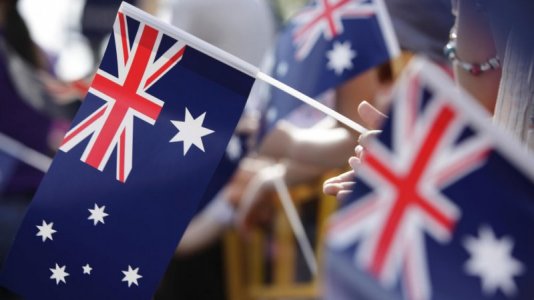 January 26, 1947 — Al Capone, America’s most notorious gangster died
January 26, 1947 — Al Capone, America’s most notorious gangster died.
On this day, four days after his 48th birthday. It was no gangland killing, as might have been expected, but the result of an apoplectic stroke complicated by pneumonia.
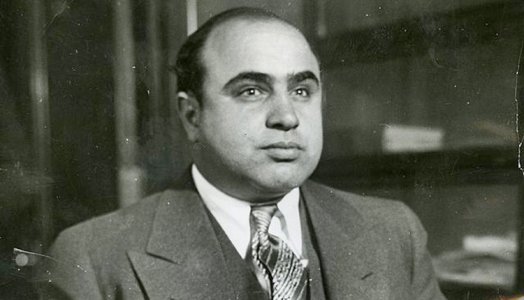 January 26, 1998 — President Bill Clinton called a news conference
January 26, 1998 — President Bill Clinton called a news conference
with a 22-year-old aide, Monica Lewinsky.
He left the room without answering any questions after his brief but categorical denial.
The issue would not go away, however, and resulted in political humiliation for both Clinton himself and for his wife, Hillary, when she ran for the presidency in 2016. Her husband’s sexual transgressions were repeatedly raised by rival Donald Trump in a notoriously bitter election campaign.
For Bill Clinton, the seeds were sown in July 1995, when Lewinsky became an unpaid summer intern at the White House. She moved to a paid position in December of that year.
Between then and March, 1997, she said in a later statement, she had nine sexual encounters with President Clinton, including sexual acts – though not actual intercourse – in the Oval Office.
As rumours of the affair began to circulate and Clinton came under intense media scrutiny, independent prosecutor Kenneth Starr stepped up an investigation into the President’s activities. Soon, Clinton was accused of asking Lewinsky to lie about the relationship.
At the White House Press conference, an emotional President, his voice trembling and fist clenched, declared: "I did not have sexual relations with that woman, Miss Lewinsky.
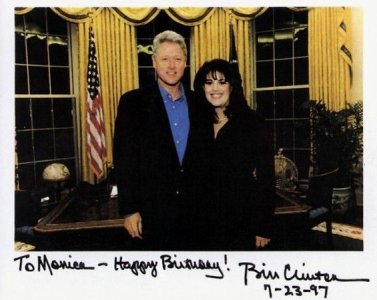 26 January 1808 Australia's first and only military coup, the Rum Rebellion, took place in Sydney.
26 January 1808 Australia's first and only military coup, the Rum Rebellion, took place in Sydney.
The Rebellion occurred when Governor Bligh attempted to break the rum monopoly of the NSW Corps (rum was used as common currency in the Colony from 1793) and clashed with Major George Johnston and former Lieutenant, turned grazier and businessman, John Macarthur. Bligh was deposed and arrested when the NSW Corps marched up Bridge Street to Government House at 6pm on 26 January and supposedly found Bligh under his bed. Bligh remained under house arrest until January 1809 when he left for Hobart. He eventually returned to England in 1810.
Johnston acted as Lieutenant-Governor of the Colony and Macarthur was appointed as Colonial Secretary until they returned to England in March 1809.
The Rebellion officially ended when Governor Macquarie, backed by the 73rd Regiment arrived in Sydney in January 1810 to take up his appointment as Governor.
26/0/2001: Thousands die in Gujarat quake
A massive earthquake has struck western India and parts of Pakistan, killing many thousands of people.
The death toll is expected to rise quickly as rescue teams flood into the worst-affected towns - Bhuj, in the state of Gujarat, and the nearby city of Ahmedabad.
The death toll in the Gujarat earthquake eventually rose to 25,000. A million people were left homeless.
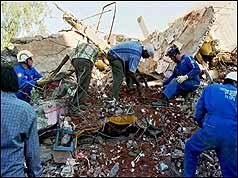 26/01/1950: India becomes a republic
26/01/1950: India becomes a republic
The independent republic of India is officially born today, after nearly 100 years of British rule.
A public holiday has been declared throughout the country, and millions of people have been celebrating with processions and ceremonies to hoist the new flag of India for the first time.
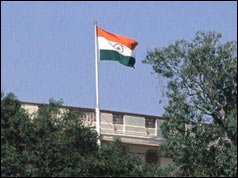 26/01/1952: Britons killed in Cairo riots
26/01/1952: Britons killed in Cairo riots
Reports from Egypt say at least 20 people have been killed and hundreds injured in anti-British riots in Cairo.
Initial figures suggest up to 17 British people may have been murdered or burnt to death during the trouble. About 200 people were injured and some 300 arrested.
26/011969: Prague riots over student martyr
Police wielding truncheons and firing tear gas from pressure canisters have broken up a march by hundreds of demonstrators in central Prague.
The violence erupted as officers tried to disperse the crowd gathered at the foot of the Wenceslas Statue, to pay tribute to Jan Palach, the student who burned himself to death in protest at the Soviet occupation of Czechoslovakia.


